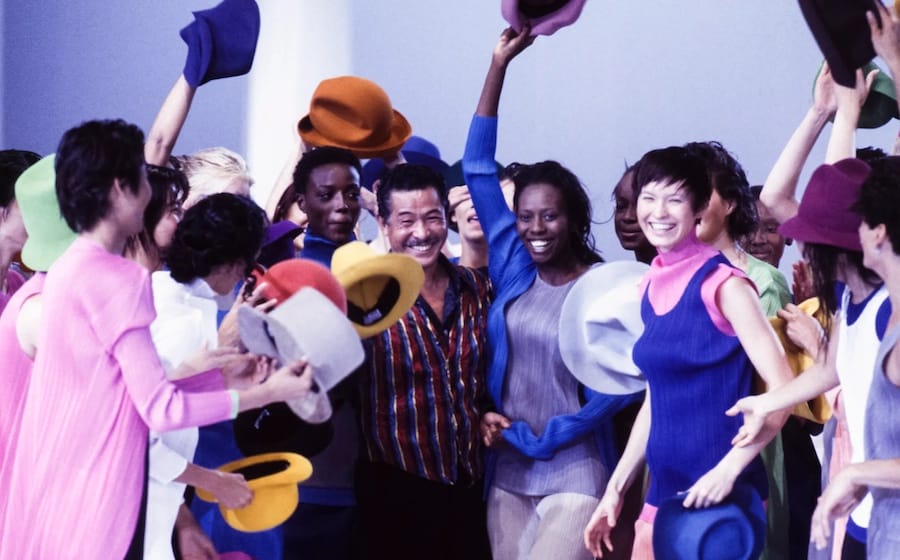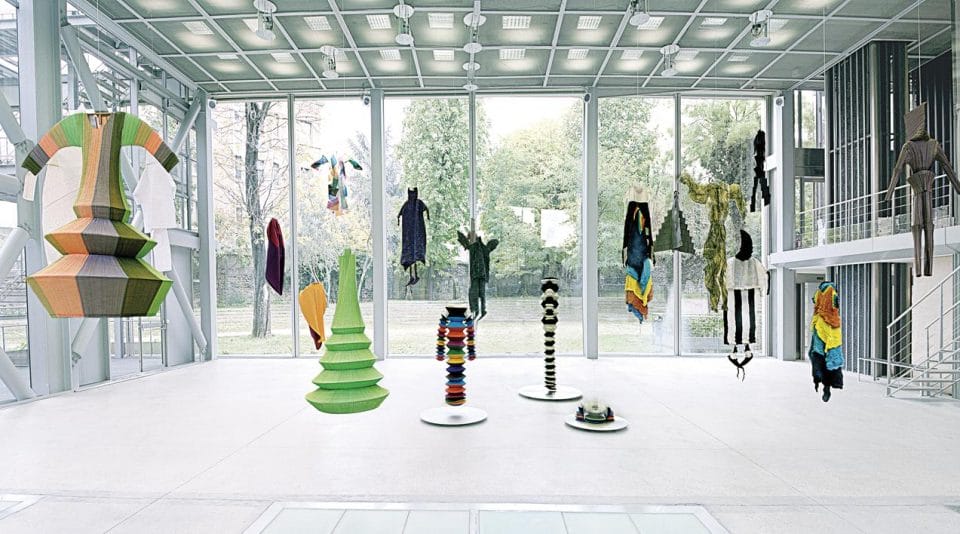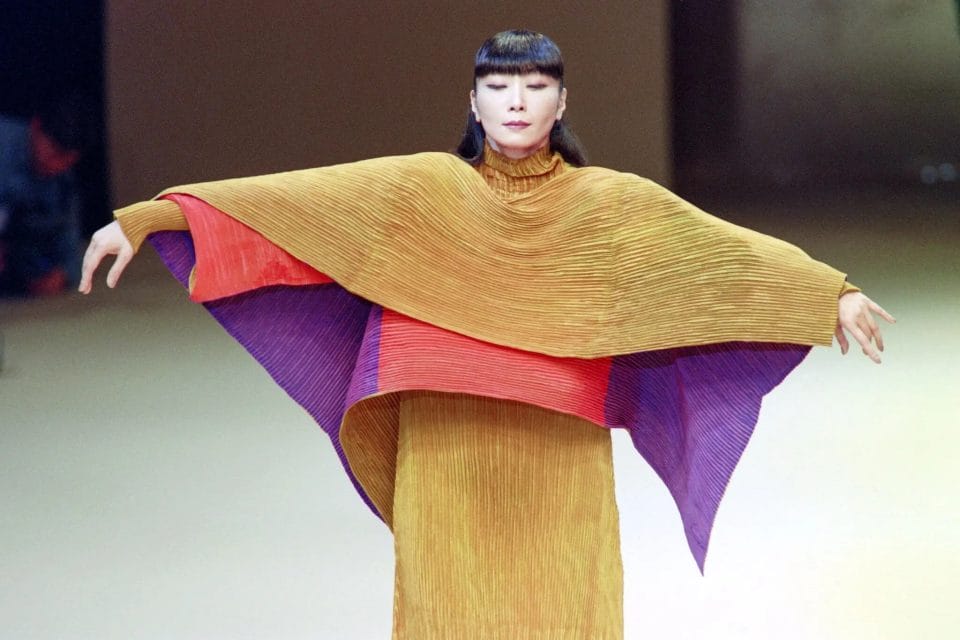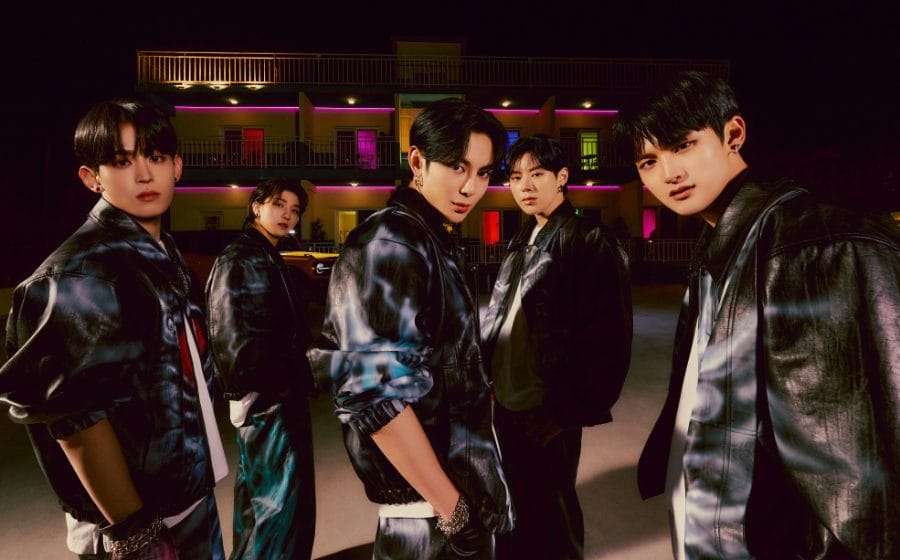
The founder and designer of his eponymous label Issey Miyake was the first Japanese designer in history to show in Paris, propelling the nation’s name into the global fashion limelight.
Japanese designer Issey Miyake, celebrated for his love of origami, pleats and innovative design, has passed away at age 84 last Friday. His death was announced by the Miyake Design Studio on Tuesday, which said that the cause was liver cancer.
Kazunaru “Issey” Miyake was born in Hiroshima in 1983, and was to study graphic design at Tama Art University in Tokyo before switching his focus to fashion design. His move to Paris in the 1960s led him to work with Guy Laroche and Hubert de Givenchy, before setting up his own studio in the 1970 and becoming the first Japanese designer to show there — paving the way for contemporaries like Yohji Yamamoto and Rei Kawakubo to shake up the scene in their own way.

Miyake’s inaugural 1999 A-POC runway show at the École des Beaux-arts in Paris. Photo: Miyake Design Studio
Weaving relaxed, Japanese silhouettes with revolutionary pleating and geometrically inclined shapes, Miyake’s designs were internationally recognised for its innovative, technical prowess. This is largely attributed to his “monozukuri”, or way of making things; his creative process was unbiased to conventions, designing solutions from research and experimentation to address the needs of people’s contemporary lifestyles. Or in other words, the human condition.
This meant that you could find his designs everywhere from the uniforms of Japanese electronic giant Sony’s factory workers, to the late-Apple co-founder Steve Job’s minimal wardrobe (Miyake designed the black turtleneck sweaters).

An exhibition of Issey Miyake’s work at the Fondation Cartier, in 1999. Photo: Raymond Meier
While he was also a pioneer for using unconventional materials like plastic, metal and paper in clothing, it was ultimately the reinvention of the Fortuny pleat that made his name. Cut, sewn and pressed in a way that preserved the pleats while giving the wearer unlimited freedom for movement, his iconic Pleats, Please 1994 line debuted cascading, accordion-like strips of weightless polyester that celebrated creative and emotional expression. It melded craft and technology in a novel way never seen before, such that some of his sculptural works would later end up in many museums, one being the permanent collection of the Museum of Modern Art in New York.
Beyond garments, Miyake also developed many popular accessories and fragrances. Bao Bao bags, which feature mesh layered with polyvinyl triangles, and the floral L’eau d’Issey fragrance that was first launched in 1992, are still items well-coveted by the creative crowd today.

Bao Bao Issey Miyake bag. Photo: Issey Miyake
In his 52-year career, he was honoured several prestigious awards that include the Order of Culture in 2010 for his contributions to culture and the arts in Japan, and the decoration by the French government as a Commandeur de l’Ordre National de la Légion d’Honneur, the National Order of the Legion of Honour, in 2016.

The Pleats, Please line on the runway in Paris, 1995. Photo: Getty
Famously private, Miyake never hesitated to credit his success to his long-time collaborators. But more than his contributions to the creative world, it is his earnest quest for the humanity in design that marks his spirit as a force to be reckoned with even beyond his life, and in both the world of art and design.
Check out our August issue here.







